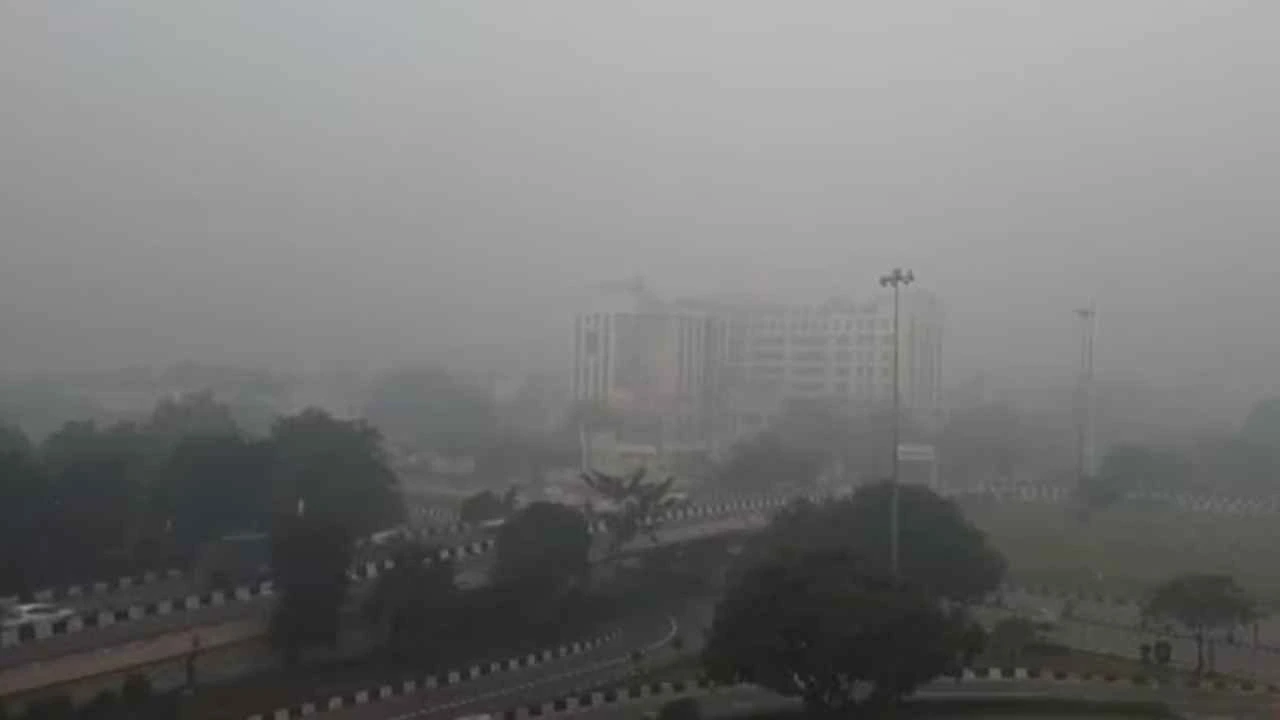[vc_row][vc_column][vc_column_text]The cause of degradation of air is being linked to current harvesting season underway in Punjab, Haryana, Rajasthan and Uttar Pradesh plus change in wind pattern in Delhi with the onset of winter.
There would be spurt in air pollution levels in the coming days in Delhi, shows data released by the System of Air Quality and Weather Forecasting and Research (SAFAR), which works under the Ministry of Earth Sciences.
The cause of rise in air pollution is being linked to current harvesting season that started in September, when farmers of Punjab, Haryana, Rajasthan and Uttar Pradesh start burning their crop residues in open. The other reason which experts have cited is the weather phenomenon of changing of wind pattern in Delhi with the onset of winter.
In winters a warm layer of air is formed above in the atmosphere which traps the cold wind below, laden with pollutants, worsening the air quality.
The Central Pollution Control Board (CPCB) which monitors daily pollution found the Air Quality Index (AQI) 190 (moderate category) till Tuesday. It rose to 219 (poor) on Wednesday.
The Air Quality Index grades air on the basis of pollutants such as PM 2.5 and PM 10, categorising it as Good(0-50), Satisfactory (51-100), Moderate(101-200), Poor(201-300), Very Poor (301-400) and Severe (>401)
D Saha who heads the air quality laboratory of CPCB said, “PM10 and PM2.5 have been found to be the primary pollutants, which are behind this rise in air pollution in Delhi”.
The System of Air Quality and Weather Forecasting And Research (SAFAR) has forecast that the level of PM 2.5 may breach the 100 mark while PM 10 will be around 190 ug/m3 in the next three days. The prescribed standards for PM 2.5 and PM 10 are 60 and 100 micrograms per cubic metre, respectively.
The PM10 and PM 2.5 are the primary pollutants which are harmful for the health and affect the people’s respiratory system, mostly the elderly and children.
“These are some of the major air pollutants and can affect our respiratory system. Even though the elderly, the children and those suffering from chronic respiratory and cardiac problems are particularly at risk, a healthy person could also be affected. Anybody can suffer from upper respiratory tract infections, breathing problems and burning of eyes when these particles are more in the air,” said Dr A Mohan, a professor with the department of pulmonary medicine and sleep disorder at AIIMS.
The Punjab government has reported 250 cases of stubble burning till Tuesday, whereas in similar incidents, 63 case were reported from Haryana as informed by member secretary of Haryana Pollution Control Board S Narayanan.
The Ministry of Environment of Forest has decided to convene a meeting on Thursday in the wake of rising pollution.
Officials of the regional weather forecasting centre (RWFC) also said the North- Westerly winds which blow from Punjab and Haryana in the direction of Delhi bring in pollution, caused through stubble burning.
“An anti-cyclonic circulation has developed covering large parts of northwest India. This is triggering the north-westerly winds, which are now blowing over Delhi. The winds are not strong and have a speed of around 10 km per hour. Had the wind speed been more than 20 km per hour, it could have helped disperse the particulate pollution,” said Kuldeep Srivastava a scientist with the RWFC.
Recently Punjab government had decided to make a red entry in the Girdawari register against farmers who burn crop residues to identify and deter them from further aggravating the environment.[/vc_column_text][/vc_column][/vc_row]






















